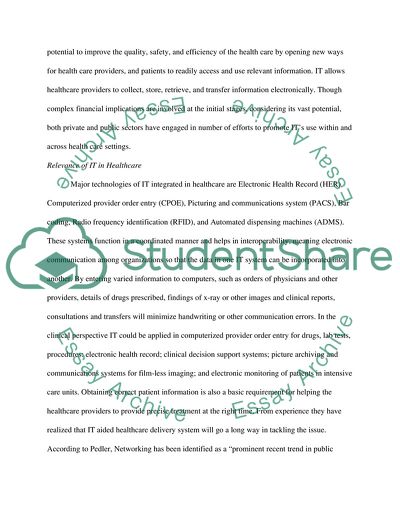Cite this document
(IT Innovations in NHS Case Study Example | Topics and Well Written Essays - 2750 words, n.d.)
IT Innovations in NHS Case Study Example | Topics and Well Written Essays - 2750 words. Retrieved from https://studentshare.org/information-technology/1710302-it-innovations-in-the-nhs
IT Innovations in NHS Case Study Example | Topics and Well Written Essays - 2750 words. Retrieved from https://studentshare.org/information-technology/1710302-it-innovations-in-the-nhs
(IT Innovations in NHS Case Study Example | Topics and Well Written Essays - 2750 Words)
IT Innovations in NHS Case Study Example | Topics and Well Written Essays - 2750 Words. https://studentshare.org/information-technology/1710302-it-innovations-in-the-nhs.
IT Innovations in NHS Case Study Example | Topics and Well Written Essays - 2750 Words. https://studentshare.org/information-technology/1710302-it-innovations-in-the-nhs.
“IT Innovations in NHS Case Study Example | Topics and Well Written Essays - 2750 Words”. https://studentshare.org/information-technology/1710302-it-innovations-in-the-nhs.


